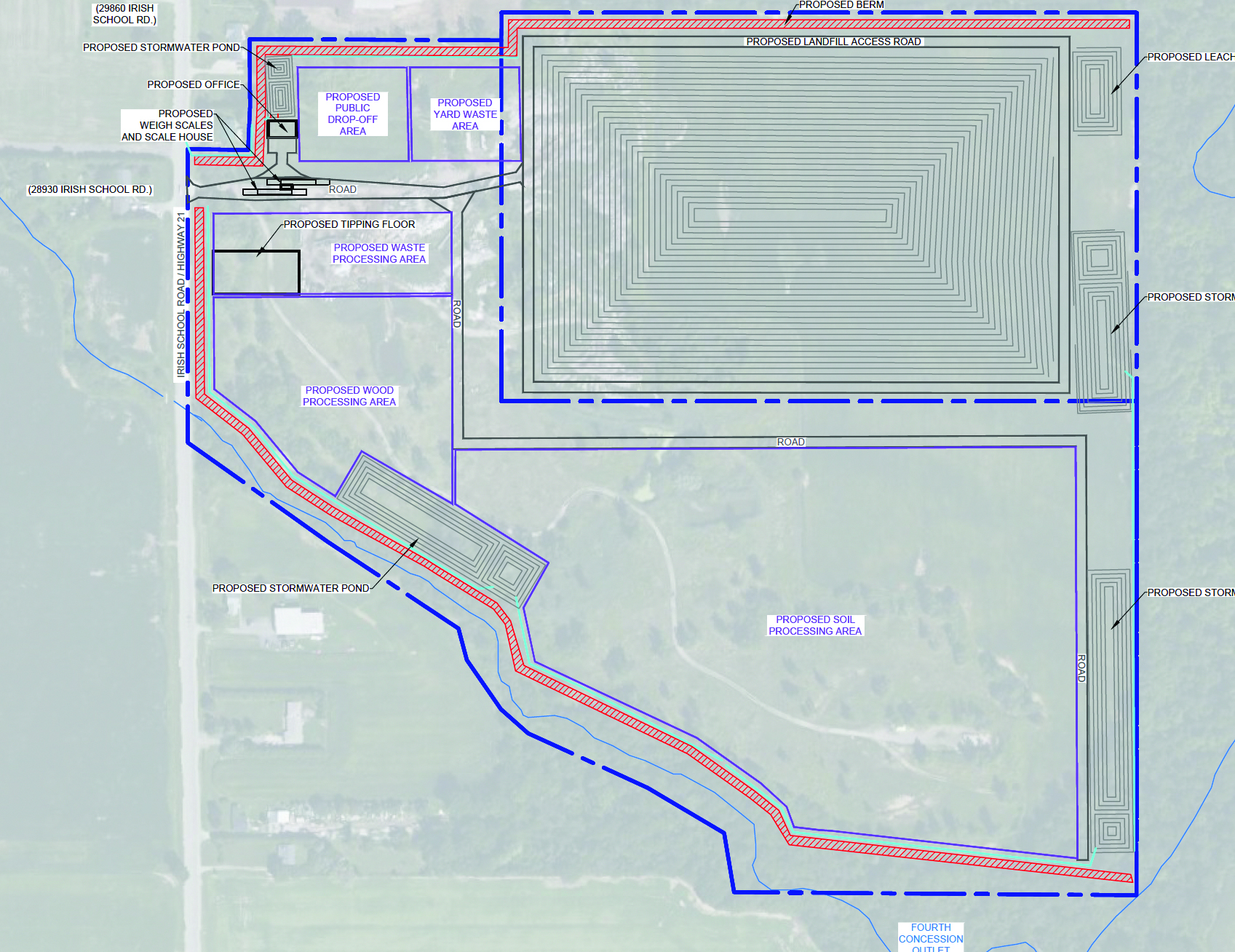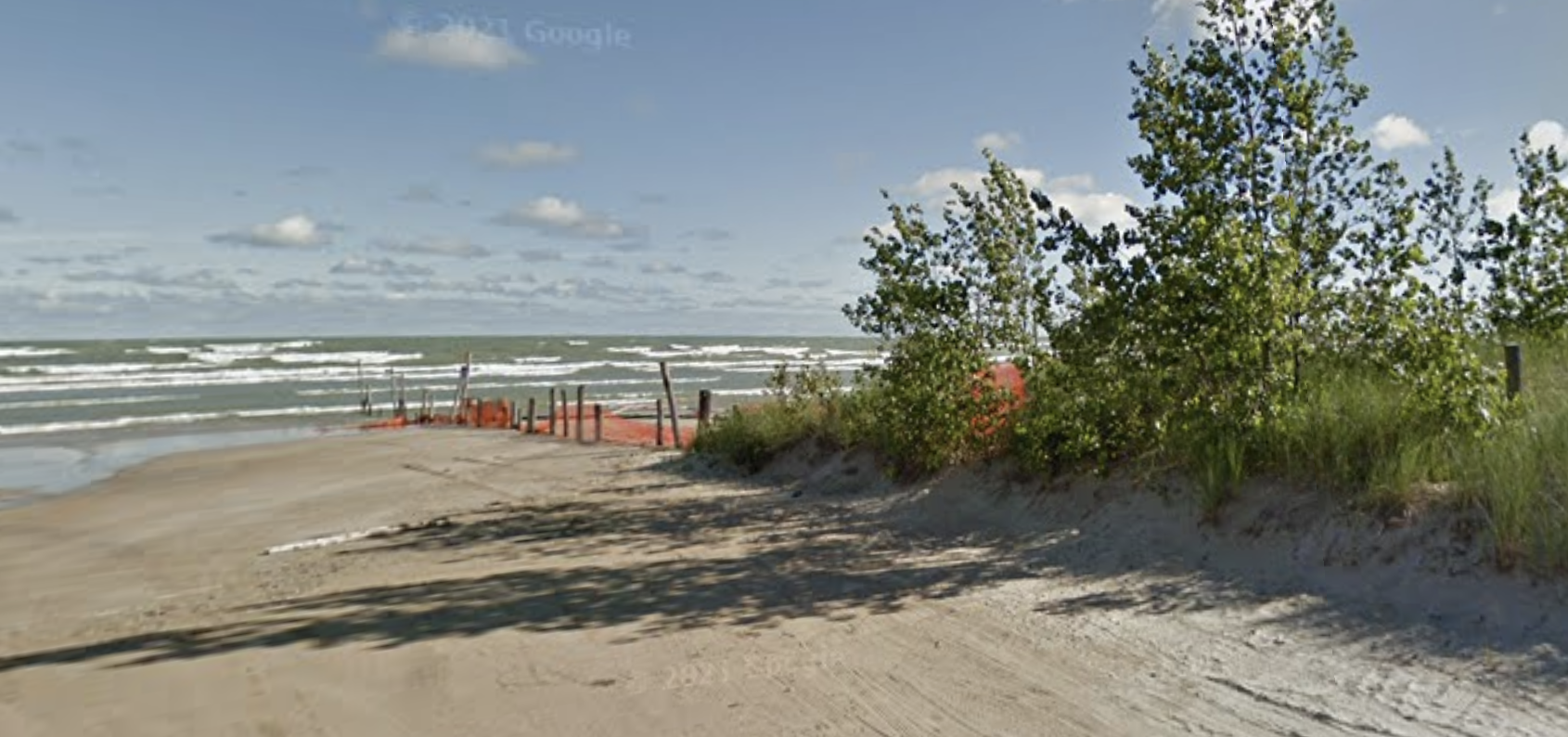ATV accident claims 12 year-old’s life

Ontario declares state of emergency, issues stay at home order
January 12, 2021
Province gives police power to charge offenders
Premier Doug Ford has declared a state of emergency in Ontario for the next 28 days.
And he’s issued a stay-at-home order, which takes effect Thursday. People must stay at home except for essential purposes including going to the grocery store or pharmacy, accessing health care services, for exercise or for essential work.
The details
Starting Thursday, you can’t be in a gathering of more than five people, down from 10.
The province advises you to wear a mask outside if you can’t socially distance from people you don’t live with.
Non-essential stores – everything except grocery stores, pharmacies and restaurants doing take out – must not open until 7 am and close by 8 pm. Before, there were no limits on hours.
If you can work from home, your employer must ensure you do – before it was only a suggestion.
Non-essential construction must stop, however the details of what is essential are not clear.
Premier Ford also announced schools the high transmission areas of Windsor-Essex, Hamilton, Toronto, Peel and York will remain closed until Feb. 10. Emergency child care will be available until then. Emergency child care will be available for essential workers in the rest of the province will be available until Jan. 22 – ahead of the planned reopening of all schools.
The province has given the OPP, local police and bylaw enforcement officers the power to charge people breaking the stay at home order.
Health Minister Christine Elliott, in a news release, says the province will provide up to 300,000 tests weekly, including using rapid testers and testers similar to a home pregnancy test, for workers in manufacturing, warehousing, supply chain and food processing safe. That’s about 43,000 tests a week.
Elliot says they’re also committed to ramping up screening to 150,000 workers per week over the next four to five months while also providing testing in long term care and schools.
This isn’t the first time the province has promised increased testing. In the fall, Premier Ford suggested the province would have a capacity to process 100,000 tests daily by December. The highest daily testing rate reached was about 75,000. Currently between 40,000 and 60,000 tests are completed daily.
How we got here
Ford says the moves have to be taken as COVID-19 case and death rates continue to climb in the province with “the real and looming threat of the collapse of the province’s hospital system and alarming risks posed to long-term care homes as a result of high COVID-19 transmission rates.”
Health modelling released Tuesday shows Ontario could have between 20,000 and 40,000 cases of COVID-19 daily by March if nothing is done. Between 50 and 100 could die each day in Ontario
Dr. Stein Brown of the Dal Lana School of Medicine at University of Toronto, also told reporters the number of deaths in long term care homes could climb from about 1,110 today to 2,600 by Valentines Day.
Brown added right now, half of Ontario’s intensive care units are full and would not be able to handle an emergency. That would quickly get worse with a real possibilty of 1,000 ICU beds being needed. Right now, hospitals across the province have 400 ICU beds in use and are already cancelling surgeries.
Brown says the province’s situation has gone from precarious to dangerous.
“As this virus spreads, so with the cases and so will the deaths,” Brown told reporters Tuesday.
Brown says cellphone data shows the lockdowns imposed in Metro Toronto and Windsor had little effect. “We are not seeing any real change since the restrictions took place in the grey zone.”
He points to surveys which show 34 per cent of Ontarians didn’t follow the restrictions and 32 per cent had more than three people in the their homes over the holidays. The current provincial guidelines say no one should be entering your home that doesn’t live there.
“The shutdown was not enough, we need more measures,” said Associate Chief Medical Officer of Health Dr. Barbara Yaffe before the premier announced the state of emergency. “We’re in a dangerous situation.”
Yaffe and Brown both agreed without social supports, such as protection from eviction and paid sick leave days, any new measures will not work.
No extra social supports
But the new measures did not contain the paid-sick leave many people have been advocating. Ford said the federal government already has a paid sick leave benefit of up to $500 a week for two weeks and a caregiver benefit for up to 26 weeks at $500 a week.
“We aren’t going to duplicate areas of support,” says Ford.
He’s also urging the federal government to make the transition between the benefits and Employment insurance quicker if it is needed.
Ford did say he would place a pause on residential evictions but the details of those were not immediately clear.
Plea to follow the rules
Throughout Ford’s news conference to talk about the new state of emergency he pleaded with the 34 per cent of Ontarians not following the restrictions to step up.
“The dangerous and very dangerous UK strain is found across the province, Ontario had eight new cases today,” says Ford. “If we don’t move fast, hospital ICUs could be over whelmed by February.:
“One third of Ontario not following public health guidelines…I’m not blaming anyone only one thing is truly at fault, that’s the virus…If you let your guard down it can strike.
“I know the stay at home order is a drastic measure, one we don’t take lightly. Everyone must stay home.”
NEXT
Lambton records nearly 1,000 cases of COVID in a month
PREVIOUS
UPDATED: Ontario in a state of emergency: Ford

ATV accident claims 12 year-old’s life
July 9, 2025
Read More

Conservation authority voices water concerns at York1 site
July 8, 2025
Read More

$1M grant to upgrade Moore Sportsplex
July 8, 2025
Read More

Private paid Ipperwash parking OKed
July 8, 2025
Read More
